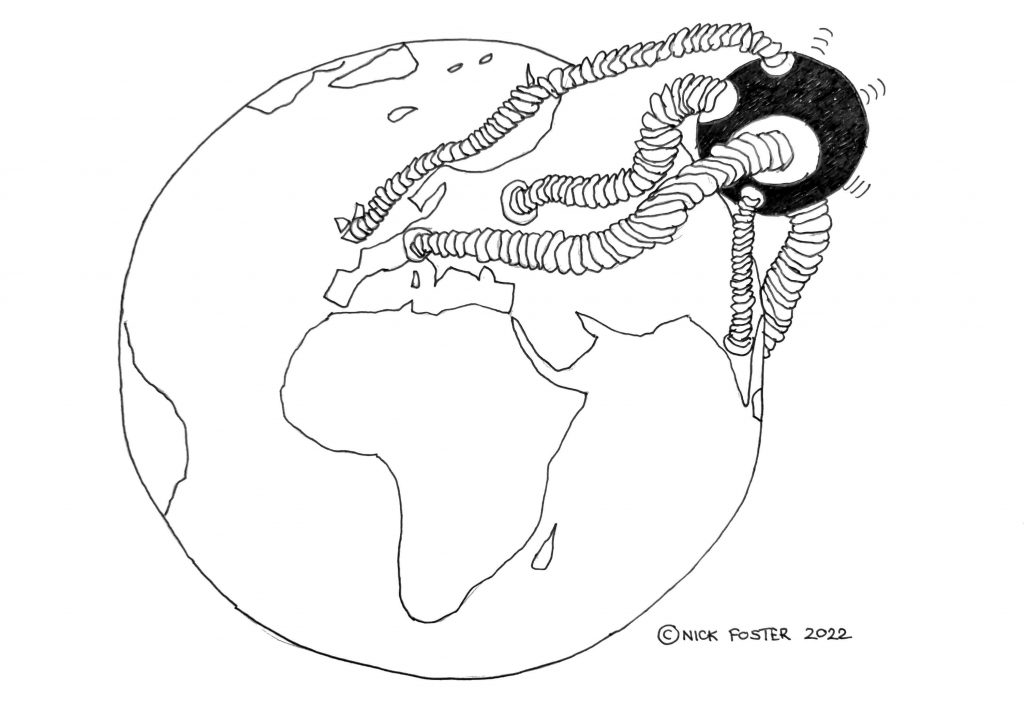
Terraforming was a concept I first remember coming across in Star Trek 2: The Wrath of Khan in 1982 when “The Genesis Device”, and its effect on a dead planet, was described as “matter is reorganised with life-generating results”. The astronomer Carl Sagan had previously proposed the planetary engineering of Venus in 1961 and Mars in 1973. Martyn J. Fogg subsequently started publishing articles on terraforming in 1985 before publishing Terraforming: Engineering Planetary Environments in 1995. Fogg defined planetary engineering as using technology to change the global properties of a planet (he called this geoengineering if Earth was the planet in question). Terraforming he defined as planetary engineering which was specifically directed at enhancing the capacity of a planet to support life as we know it.
There are still advocates of terraforming as a project that humans should be actively working towards. Others suggest, that unless Earth is going to be unavoidably uninhabitable, it is likely to be our best bet as a future home for all but a relatively tiny number (Kim Stanley Robinson’s novel Aurora is the most memorable advocate for this position in my view, which takes us on a gruelling exploration of a terraforming expedition over several generations which then allows us to view Earth afresh with alien eyes).
What is clear is that we are not currently terraforming Earth in Fogg’s sense, as most of our planetary engineering (what we call the global economy) appears to be specifically directed at reducing the capacity of Earth to support life as we know it. We are terraforming in reverse.
Terraforming is an example of an idea you might get to as a result of very long-term thinking (there is a nice article about this in Vox, with views from Roman Kznaric, Nick Beckstead, Hilary Greaves and William MacAskill included) – I tend towards the Kznaric view that we cannot predict the knock-on effects of technological shifts in 200 or 300 years, but we know we’ll still need to breathe air and drink water, so working to prevent climate change and pandemics is very likely to be really good for us today, the near future and the long-run future too.
The danger of discussion of the very long-term is that it can create the idea that nothing we do over the next few years matters. However as we have pushed up to and beyond planetary capacity in so many areas now and have developed a global economy with planetary engineering capabilities of unprecedented power, this is no longer true if it ever was. What seems obvious to me is that we mustn’t make decisions now which lock in damage to planetary life-supporting capacity for generations to come, such as the “carbon bombs” described by George Monbiot here.
Terraforming in reverse is not the direction to choose, whichever generation we belong to.

